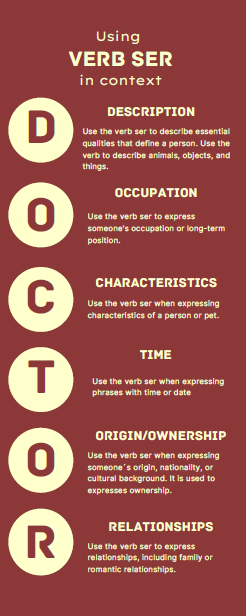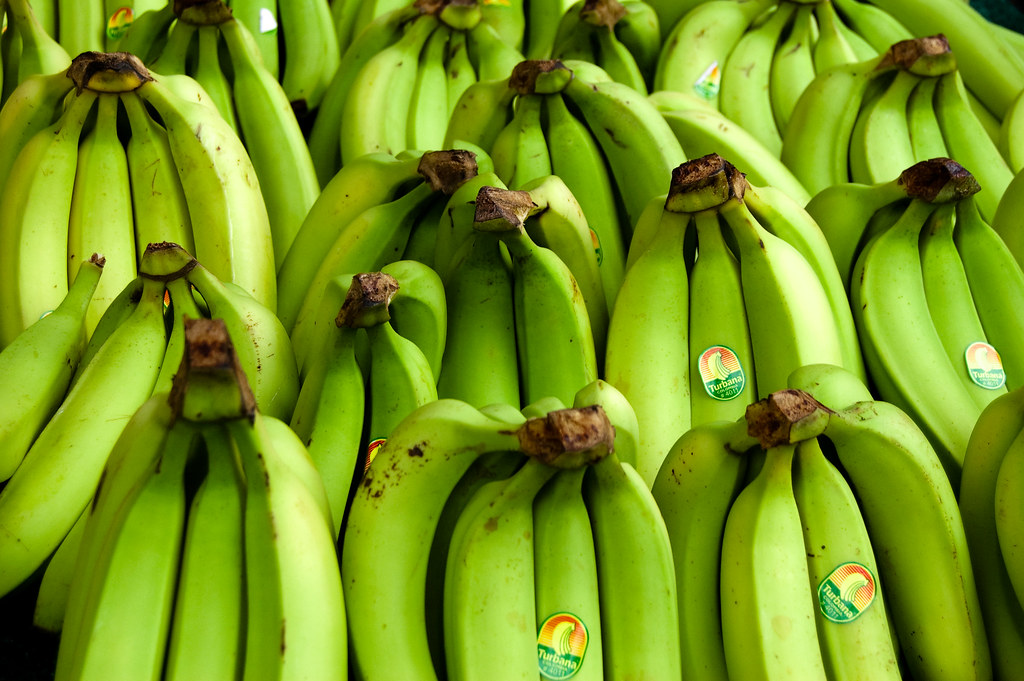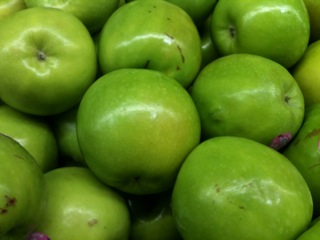53 Capítulo 5: Sección 7: Ser versus estar
Section Goal
In this section, students will learn to assess situations to determine whether the verb ser or the verb estar should be used.
Gramática
Ser vs. estar vs. hay vs. hace vs. tener + nouns
You have been using various verbs in Spanish where in English only “to be” is used. Let’s review and contrast.
| Construcción | Ejemplo | En inglés | Explicación |
| ser + adjetivo | El clima en Sevilla en julio es insoportable. | The climate in Seville in July is unbearable. | permanent or essential characteristics |
| estar + adjetivo | El café en mi taza está caliente. | The coffee in my cup is hot. | temporary or relative characteristics |
| hay (haber) + adjetivo | Hay humedad en el ambiente. | There is humidity in the environment. | existence |
| hace + sustantivo | Hace calor. | It is hot. | weather |
| tener + sustantivo | Tengo calor.
Tiene calor. |
I am hot.
She/he is hot / you are hot. |
physical conditions of a person |
Don’t forget some of the other special uses of “to be” that we have used with ser and estar.
- Telling time: ser
- ¿Qué hora es? Son las dos y media de la tarde.
- Location: estar + en
- ¿Dónde estás? Estoy en mi café favorito.
- Origin or material: ser + de
- ¿De dónde eres? Soy de Nueva York.
- ¿De qué es tu chaqueta? Es de lana (wool).
- Present progressive: estar + gerund
- ¿Qué estás haciendo ahora? Estoy estudiando el español.
- Defining things; stating professions: ser
- ¿Qué es esto? Esto es el sapo, un juego para tirar argollas (rings) a la boca de un sapo de metal.
- ¿Cuál es tu profesión? Soy gerente de un equipo de béisbol.
A popular misconception is that ser is permanent and estar is temporary. While this may serve as a guideline, there are too many exceptions to rely on this as a rule.
- Elvis está muerto.
- Dead is pretty permanent, no? In Spanish, we look at life and death as states of being, which require the use of estar.
- Mi mamá está enferma. Tiene la esclerosis múltiple.
- While multiple sclerosis is a chronic illness, which one might conceptualize as being permanent, illness—short or long term—is considered a state of being (a condition) in Spanish, which will also use estar.
- Mi hermano está loco.
- Students often like to describe people as loco (crazy), especially when it comes to friends and family, whether it be crazy as in “fun,” crazy as in “wild,” or crazy as in “unstable” or experiencing a state of mental illness (which, if either of these is the case, it is disrespectful and unkind to use the word crazy or loco). In any event, even if you consider this to be an inherent or permanent characteristic of a person, loco is considered a state of being and requires the use of estar in Spanish.
- Arturo es guapo. Arturo is handsome.
- Arturo está muy guapo hoy. Arturo is looking especially handsome today.
- Emilia es juguetona. Emilia is playful.
- We know we use ser with personality and physical characteristics when describing a person, but we can also use estar to say that someone looks or seems especially ___________ today.


Here are more examples:
|
Ser |
Estar |
|
Time: La clase de español es a las nueve y media. Hoy es lunes. |
Emotions: Yo estoy muy contento. Mi mamá está enferma. El perro está asustado. |
|
Descriptions: Mi hermana y yo somos altas. Ella es pelirroja. |
Actions: Los niños están jugando en el patio. (present progressive) |
|
Origin & Characteristics: Los González son cubanos. Mi abuela es católica. Miguel Ángel es cómico. Las sillas son de madera. |
Location: Mi apartamento está en el centro. Mi universidad está en Florida. (Exception: location of events uses ser) |
|
More specific uses for ser, which can generally fit under these categories: Physical characteristics, personality traits, origin, nationality, religion, gender, material, color, size, profession, relationship to others, political affiliation, possession, and impersonal expressions such as “es interesante que…” and “es importante que…” |
More specific uses for estar, which can generally fit under these categories: Physical or emotional states, feelings, emotions, conditions, moods, illness, marital state, alive or dead, on-going action using the present progressive, location (except events), and seeming “especially” |
Changes in meaning
There are some adjectives that can be used with ser and estar, but their meaning changes depending on which verb you use.
| Used with ser | Used with estar | |
| Aburrido/a/o/s/as | To be boring | To be bored |
| Verde(s) | To be green in color | To be unripe |
| Maduro/a/o/s/as | To be mature | To be ripe |
| Listo/a/o/s/as | To be smart | To be ready |
| Rico/a/o/s/as | To be rich | To be tasty |
| Guapo, feo, bonito, etc.
(make whichever adjective you use agree in gender & number) |
Inherent traits | To look especially |
Actividad 31. ¿Cómo cambia?
Instrucciones: Lee la explicación anterior y discute con un compañero cómo cambia el significado de las siguientes oraciones en función de si se usa ser o estar.
- Mi profesora de química es aburrida.
- Mi profesora de química está aburrida.
- Las manzanas son verdes.
- Las manzanas están verdes.
- Yo soy feliz.
- Yo estoy feliz.
Actividad 32.
Actividad 33. Rellenar el espacio
Instrucciones: Decide si ser o estar es apropiado para cada oración, luego conjuga para llenar el espacio en blanco y completar la oración.
- ¿___________ tú de los Estados Unidos?
- Mi bolso (purse) ___________ de cuero.
- Mi carro ___________ en el garaje.
- Iván ___________ piloto.
- Olivia y Héctor ___________ novios y ellos ___________ muy felices juntos (together).
Actividad 34. Preguntas personales
Instrucciones: Responde a las siguientes preguntas usando los verbos ser o estar.
- ¿Están muy ocupados tus amigos?
- ¿Cómo estás hoy?
- ¿Cómo eres tú?
- ¿Están vivos todos tus héroes?
- ¿Cuál es el nombre de una persona que está muerta, pero a quien admiras mucho?
- ¿Eres reservad@ o extrovertid@?
¡A escribir!
Actividad 35. Oraciones
Instrucciones: Escribe oraciones según las imágenes a continuación. Usa los verbos ser o estar.
1.

2.

3.

4.


